Technologies
At Rockfeather we embrace technologies to empower ambitious people. We offer various technologies for each of our expertises. Have a look below at the different technologies and what they have to offer
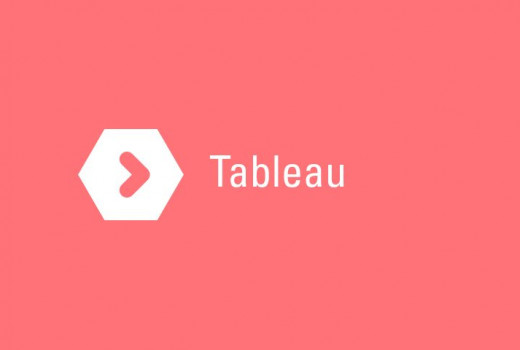
Tableau Software
Tableau Software is a powerful data visualization tool. It helps in simplifying raw data into an easily understandable format. Data analysis is fast with Tableau and the visualizations created are in the form of dashboards and worksheets. The insights that are created using Tableau can be understood by professionals at any level in an organization.
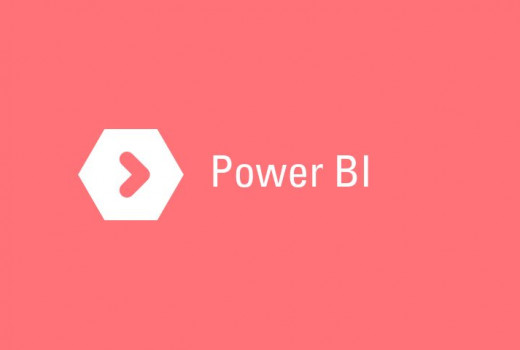
Microsoft Power BI
Power BI is Microsoft’s visualization tool. It provides the user with easy access to various data sources, which enable you to create advanced analyzes without advanced modeling. Go from data to insights in a few minutes. You provide your entire team with insights through “self-service” analyses of data from different business applications. Link, edit, and visualize your data with the greatest of ease.
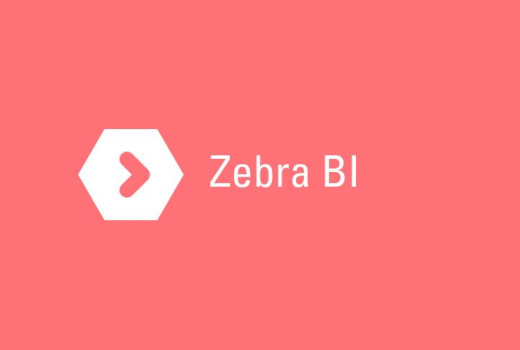
Zebra BI
Zebra BI is an add-in for Power BI, empowering users to create standardized and impactful dashboards that meet the IBCS® guidelines. This add-in makes it possible to establish best practice reports in minutes. Limited training, programming, or formulas are required. The add-in contains easy to use charts that any ambitious professional should have in their arsenal. Download a free trial.
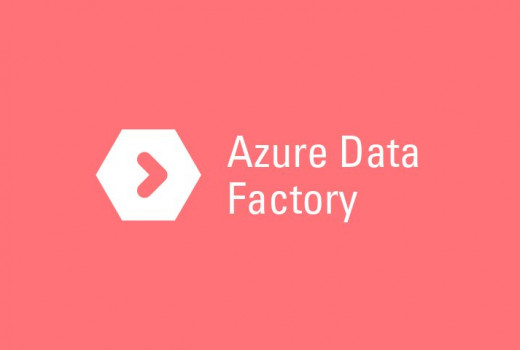
Azure Data Factory
Azure Data Factory is a cloud based ETL and data integration service that enables data to be moved and transformed. Using Azure Data Factory, you can move data from many different sources and systems. If necessary, you can also transform the data and write it to a central point. This can then be monitored and properly maintained
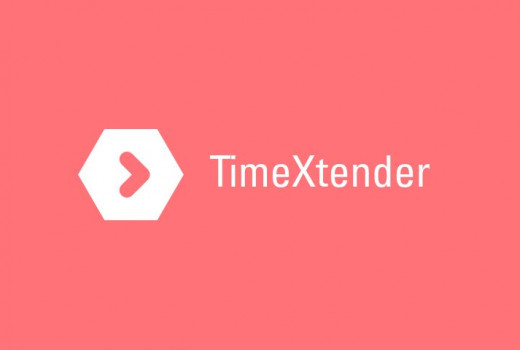
TimeXtender
TimeXtender is an integrated data management platform that enables you to build a modern data estate (data warehouse). With TimeXtender, you will not use a traditional working environment with many separate tools and manual scripts. It can be used in various data visualization tools like Power BI, Tableau, and Qlik.
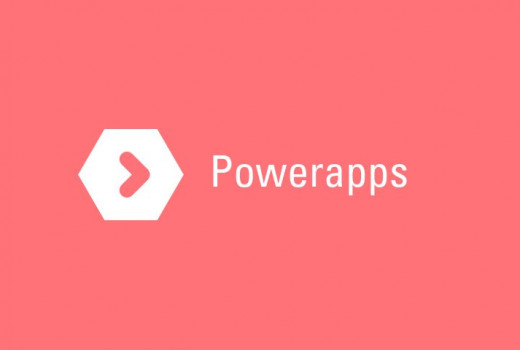
Microsoft Power Apps
Power Apps is a platform for creating and applying custom business apps that connect to your data and work across mobile and web – without the time and investment of custom software development.

Azure Logic Apps
Within the many tools available on the Azure platform you’ll find Logic Apps, a tool differentiating itself a bit more from the tools present in the power platform by being more oriented towards the technical user. This tool is primarily aimed at process automation presented in a low-code interface. For example IPAAS cases or ETL processes where data needs to be retrieved from API’s. Here Microsoft gives the developer a lot of flexibility and freedom when it comes to designing the required logic.
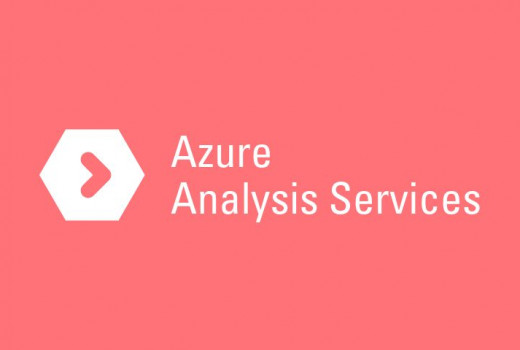
Azure Analysis Services
Azure Analysis Services is a fully managed platform that provides enterprise-level data models in the cloud. By using modeling functions, you can combine data from different sources. In addition, AAS offers you the possibility to secure all your data in tabular form in one trusted semantic data model. This data model ensures that you can quickly perform ad-hoc data analysis with tools such as Power BI and Excel.
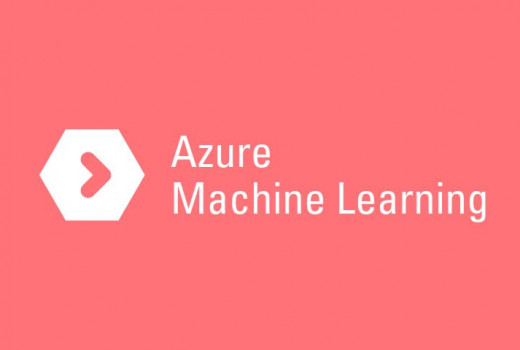
Azure Machine Learning
Azure Machine Learning can be applied for any type of machine learning, from standard ml to deep learning, supervised, and unsupervised learning. Moreover, whether you prefer to write Python or R code or zero-code/low-code options such as the designer, you can create, shape, and track highly accurate machine learning and deep-learning models.
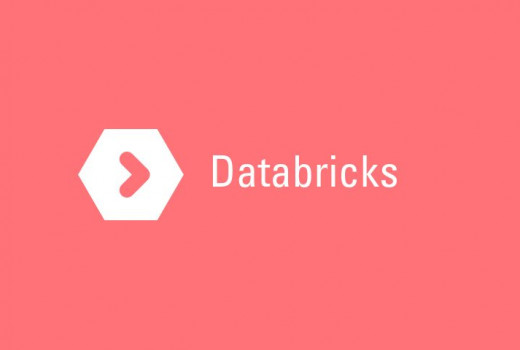
Databricks
Databricks is a cloud-based platform designed for processing big data and machine learning workloads. It is a unified analytics platform that offers a collaborative workspace for data professionals, including data engineers, data scientists, and data analysts.
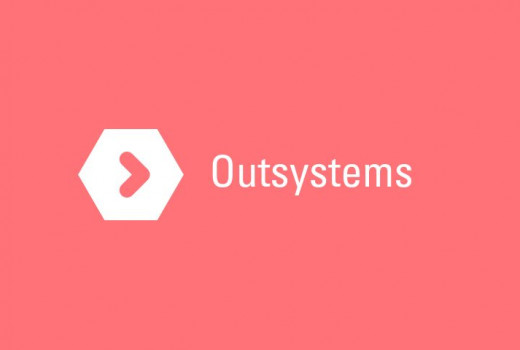
OutSystems
OutSystems is a low-code platform that enables companies to develop, deploy and manage omni-channel enterprise apps while delivering great levels of flexibility and efficiency.
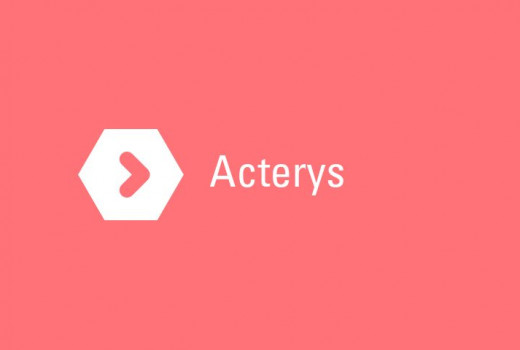
Acterys
Acterys is a cloud-based planning and analytics platform that integrates various data sources and provides advanced budgeting, forecasting, reporting, and modeling features. It allows businesses to streamline planning processes, analyze real-time data, and make data-driven decisions. Acterys offers collaboration and workflow management tools to improve team productivity and efficiency.

Power Automate
Power Automate used to be called Microsoft flow and is a tool in the Microsoft O365 environment. Its main goal is to empower users to automate repetitive business tasks. For example: receiving notifications or data alerts, automating repetitive extraction of data from different sources and saving them on multiple directories in your network, updating Power BI datamodels, or sending automated emails to groups or users.
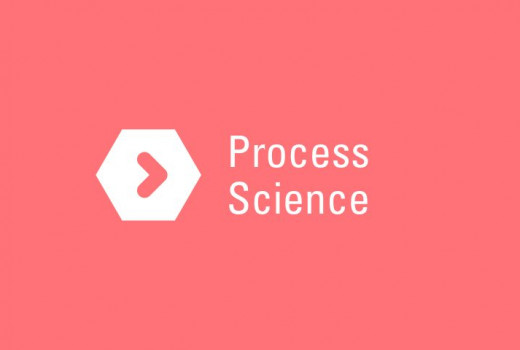
Process Science
Process Science, is a leading process intelligence company, with a plugin for Power BI and Qlik Sense. This plugin simplifies process visualization, making it easier for organizations to gain valuable insights into their business processes.
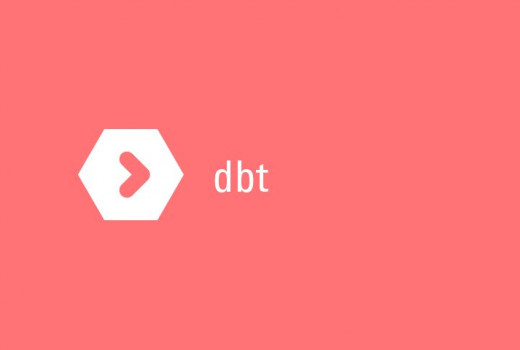
dbt
dbt (data build tool) is a powerful tool designed to make warehouse data transformation efficient and reliable. It’s particularly beneficial for businesses looking to leverage their data for strategic insights, ensuring that the data is accessible but also accurate and trustworthy.

Airbyte
Airbyte is an open-source data integration platform that streamlines the process of moving data from various sources to destinations. Designed to facilitate the ETL (extract, transform, load) and ELT (extract, load, transform) processes, Airbyte enables businesses and data professionals to efficiently consolidate their data for analysis, reporting, and machine learning purposes
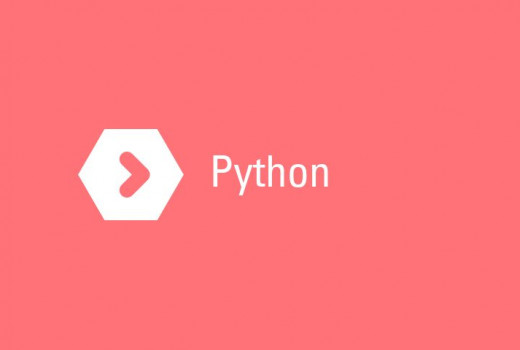
Python
This language is open-source, interpreted, and high-level language that provides an excellent approach for object-oriented programming. It is one of the best tools used by data scientists for various data science projects/applications. It provides great functionalities to deal with mathematics, statistics, and scientific functions.

Alteryx
Changing business through data science and analytics, Alteryx lets everyone in an organization feel the thrill of getting to the answer faster. The new, end-to-end analytics platform empowers analysts and data scientists alike to create, share, and prep data, perform analysis – statistical, predictive, prescriptive, and spatial – and deploy and run analytic models.
